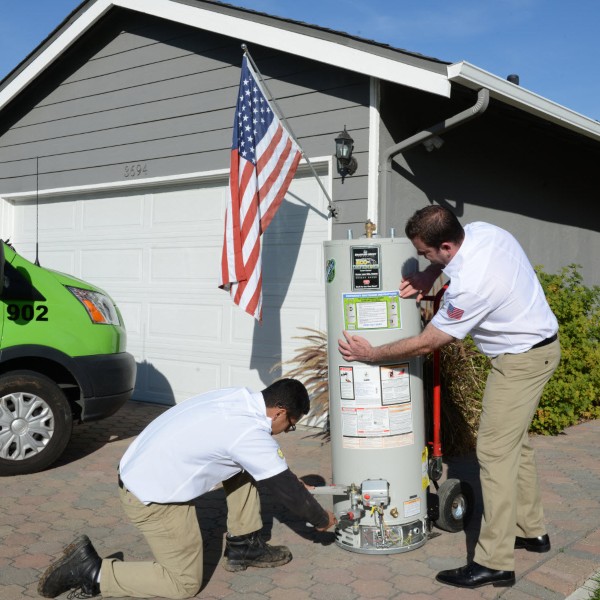
Back
Flushing a water heater is an essential maintenance task that can extend the lifespan of your unit and improve its efficiency. Over time, sediment and minerals can build up in your water heater tank, leading to reduced performance, increased energy consumption, and even a shorter lifespan. Fortunately, flushing your water heater is a simple and affordable process that can help keep your unit running smoothly for years to come. In this blog, we'll guide you through the steps of flushing a water heater, so you can ensure your unit is operating at its best.
Step 1: Turn off the power supply
Before you begin flushing your water heater, it's crucial to turn off the power supply to the unit. If you have an electric water heater, switch off the power at the circuit breaker. For gas-powered heaters, turn off the gas supply by turning the valve to the "off" position.
Step 2: Turn off the water supply
Next, locate the cold water supply valve on the top of the water heater and turn it off. This will prevent water from entering the tank while you're flushing it.
Step 3: Connect a hose to the drain valve
Find the drain valve at the bottom of your water heater tank and attach a garden hose to it. Make sure the hose is securely connected and that the other end is positioned in a location where the hot water can safely drain, such as outside or into a floor drain.
Step 4: Open the drain valve
Once the hose is connected, open the drain valve on the water heater tank. This will allow the hot water and sediment to flow out of the tank and through the hose. Be careful, as the water can be very hot.
Step 5: Flush the tank
Allow the tank to drain completely, which may take up to an hour depending on the amount of sediment in the tank. You can speed up the process by opening a hot water tap in your home, which will help release the pressure in the tank and allow the water to drain more quickly.
Step 6: Refill the tank
After the tank has finished draining, close the drain valve and remove the hose. Turn on the cold water supply valve and allow the tank to refill. Keep a hot water tap open until water begins to flow through it, indicating that the tank is full.
Step 7: Restore power
Finally, restore power to your water heater by turning the circuit breaker back on (for electric heaters) or turning the gas supply valve back on (for gas heaters).
Flushing your water heater is a simple and effective way to maintain your unit's performance and extend its lifespan. By following these steps, you can keep your water heater running smoothly and efficiently for years to come.
https://mcplumbing.com/blog/how-to-flush-a-water-heater/
No comments:
Post a Comment